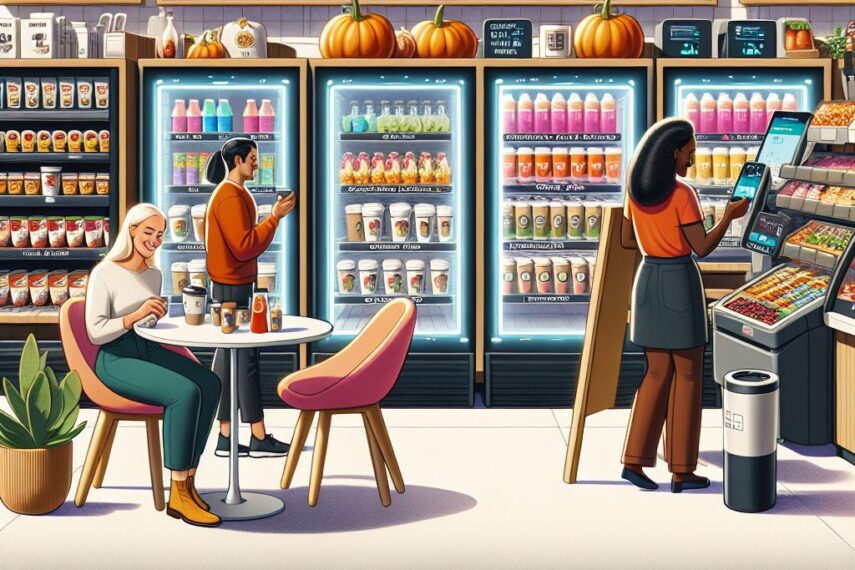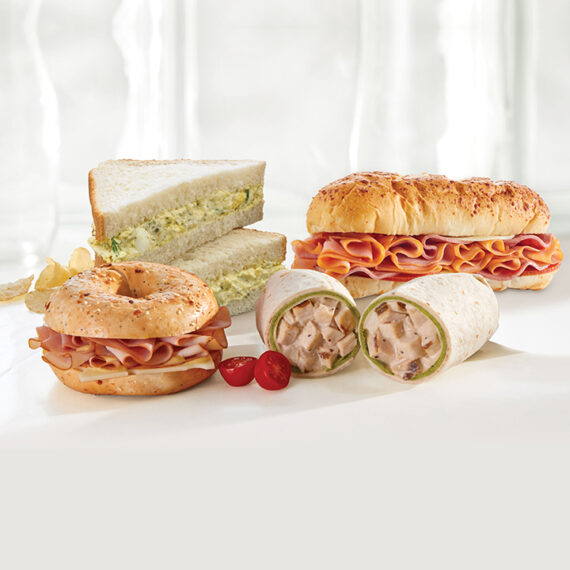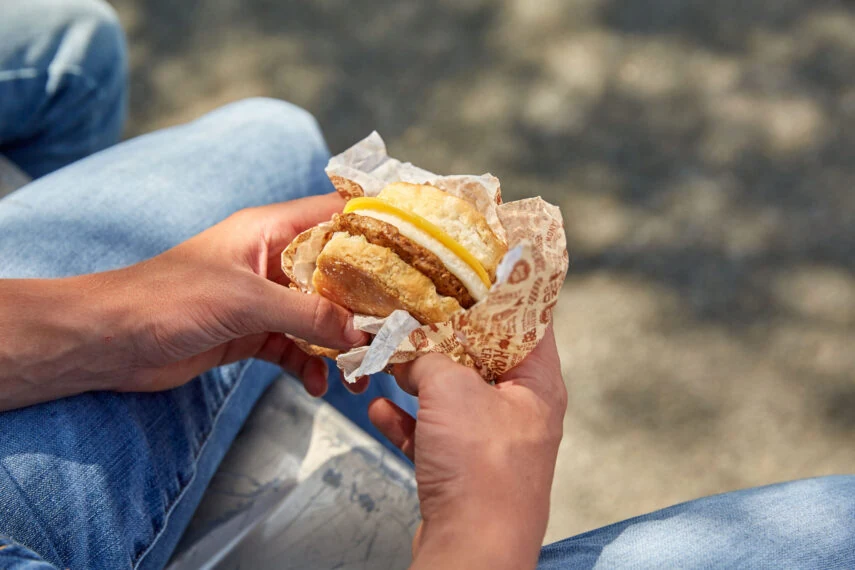
Outline business goals, assess shelf space, and have the correct product assortment in terms of daypart, protein, and carrier to satisfy consumers.
When setting your retail assortment strategy, you must clearly understand your business goals. What are your customer’s needs? Trip missions? What products do they consider a “want” and what is a “need”? Success comes when a product assortment aligns with the business strategy and consumer desires.
Limited shelf space
Retail stores have limited shelf space for grab-and-go products. This means it is essential to audit the assortment during every category reset. Seek to identify slower-selling items to replace with better-selling breakfast or lunch sandwiches to increase margins and reduce shrink. Top selling products likely align with key dayparts. Remember that customers often purchase products for multiple meals (i.e., breakfast and lunch) during their morning stop for coffee or an energy drink. When the product mix is fine-tuned, shelf space is maximized and consumers can easily find what they want and need, increasing overall basket size.
Protein and Carrier Options Build Depth for Individually Wrapped Sandwiches
The product assortment is dependent on the number of product lines per category a retail space stocks. An extensive breadth of products is a double-edged sword. Offering variety appeals to a larger audience, yet shrink is a problem if not all the items sell. There is a time and place for offering smaller, more defined lines. Stores should understand the types of shoppers that frequent their locations and appreciate their trip mission and bundling habits. Look at the customer base visiting the store(s) frequently and determine the breadth of products to stock.
Add depth to the product mix by offering a variety of proteins and bread carriers within a category and sub-category. For example, cater to the entire family by providing something kids and parents both enjoy. If your consumers are primarily individuals grabbing items on their way to work, stocking the warmer with hot-to-go items is necessary to attract a wide variety of tastes and dietary considerations.
Daypart Consideration is a Must
Consumers visit retail environments throughout the day, but the busiest time is certainly the morning daypart in the convenience store. For this reason, it is essential to cater to the needs of these specific consumers by offering a variety of breakfast sandwich solutions in a hot-to-go format and a cold option. Lunchtime traffic is staggered so hot-to-go items are a quick win. Cold sandwiches or heat later sandwiches are great options for office workers. Many consumers are likely to stop into the c-store to fuel up or a grocery store to grab essentials during their lunch break or after work, which is an easy add-on to their basket. Consider merchandising lunch and dinner options during the morning rush as well. This allows consumers to maximize their time, eliminating another stop during their already packed schedule.
Profitable Products
The goal of a retailer is to offer options consumers crave, regardless of the time of day. Offering a mix of good deli sandwiches or burritos is an integral part of the bottom line. When evaluating options for the grab-n-go section, look at the margin provided by each product to help steer decisions. Sometimes looking at SKU by SKU is beneficial. Other times evaluating at a category level can give the optimal profit outlook.
A winning strategy for partnership in the on-the-go food category is providing the individually wrapped sandwiches or burritos customers are searching for while maximizing store profits. Make sure to outline business goals, assess available shelf space, and have the right products in terms of daypart, protein, and carrier to ensure consumers find what they want and need. Lastly, you must continuously evaluate the product mix to guarantee the best result.



